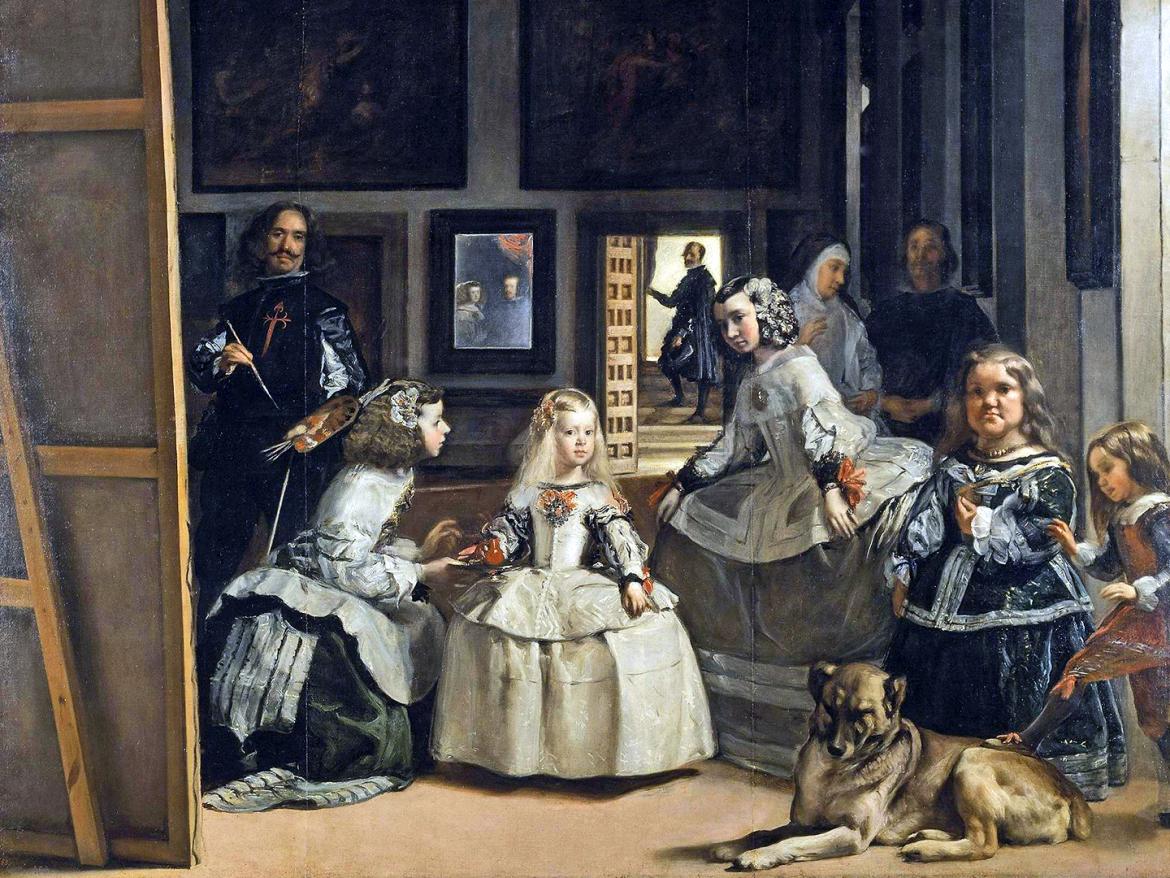Nowadays, it is not easy to specify what is or is not an artistic work or who is or is not an artist. To approach this problem we must bear in mind that the definition of art is not anchored to any point in time, insofar as it varies with both historical periods and cultures.
I will give a simple example: Do artistic creations need to be beautiful or aesthetically attractive? From what we know of the history of art, we can firmly state that they do not. We must remember that impressionism, cubism or surrealism initially seemed repulsive to people.
In my opinion, defining a work as art does not depend on its beauty. What is essential is that it express an idea and have an intention. That is why I believe that for cases like Michelangelo or Velázquez it may be possible to not view them as artists. Because when creators externally represent what is already there, out in the open, it can raise doubts about their art. This occurs with paintings like Las Meninas and with sculptures like David, which reproduce previously existing realities. In the 21st century, creators like this should be considered artisans rather than artists.
The main characteristic of an artist is externally representing something from within. It is not to beautify the world, but to foster change and social progress or, at least, to shake our consciences. The true artist is a visionary or a prophet, not an artisan whose main quality is being the best at mastering a technique.
From this perspective, neither the so-called «hip hop graffiti» or American graffiti, with its extravagant forms, but with no message, can be considered art: its purpose is only aesthetic and self-identity. However, traditional European graffiti can indeed be considered an artistic practice.
Let us look at two graffiti from the 1980s: 1) Mother: Is submission hereditary? and 2) Elections serve to change masters, not to stop being slaves. It is obvious that both convey an idea and state an intention. They are, therefore, works of art.
Then again, if we take these two graffiti that were originally painted on a wall and print them on T-shirts to sell, then we are no longer looking at works of art: when a work of art is put on sale, it ceases to be art and becomes merchandise. The true artistic creation is not to be sold or bought; in Marxist terminology, we would say that it lacks use value and exchange value.
This idea leads us to consider the crucifixion of Christ as a superb work of art. I am referring to the original, actual crucifixion, if it existed. Because every work of art must always be authentic. So, what then occurs with reproductions of religious art? They are mere copies; which makes them worthless from an artistic point of view.
We can take this idea one step further. When the attacks on the Twin Towers in New York took place on 11 September 2001, the German musician Karlheinz Stockhausen, who died in 2007, said that it was the greatest work of art in the history of humanity. If we accept this, then we must acknowledge that Osama bin Laden was not a great terrorist, but a great artist.
Why do I mention these examples? I use them to show how difficult it is to determine what is a work of art and what is not, as well as who can and cannot be considered an artist. The fact is that this topic is influenced by many historical, cultural, economic and other variables that we must take into account. The most important ones, however, may be the political-ideological variables (readers interested in seeing these conclusions will find them in the video available at: https://www.youtube.com/watch?v=ZdBFSl3-bmY

